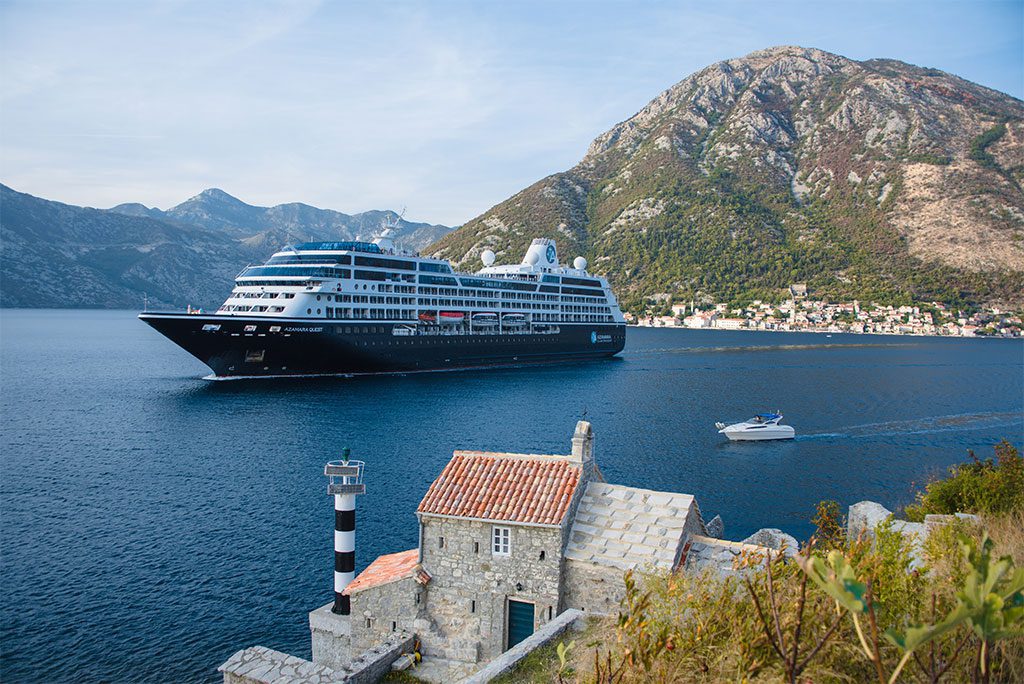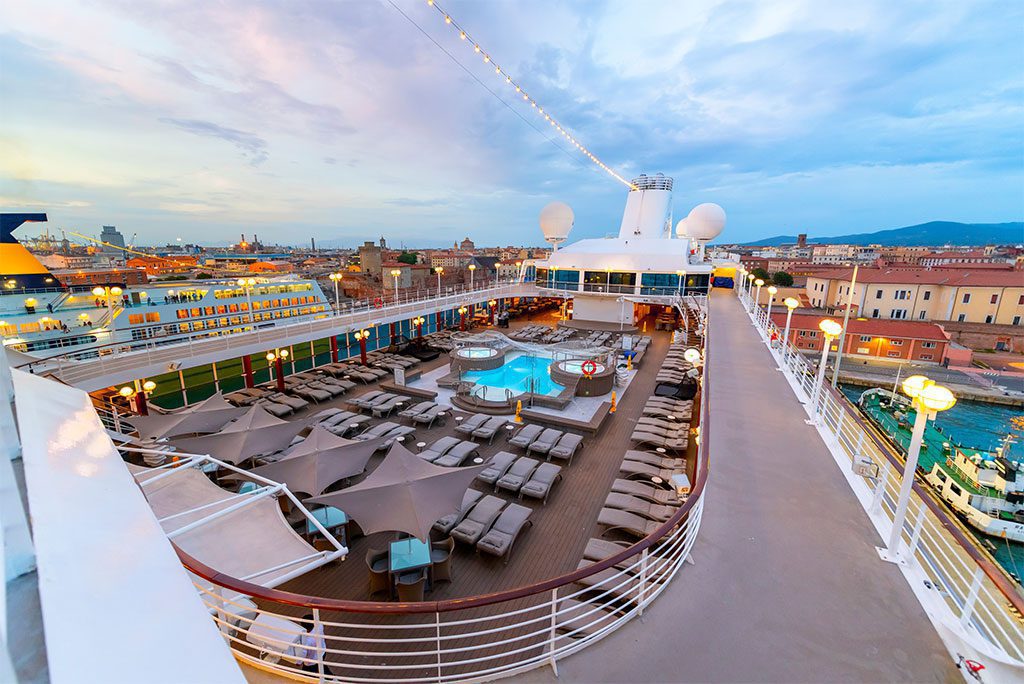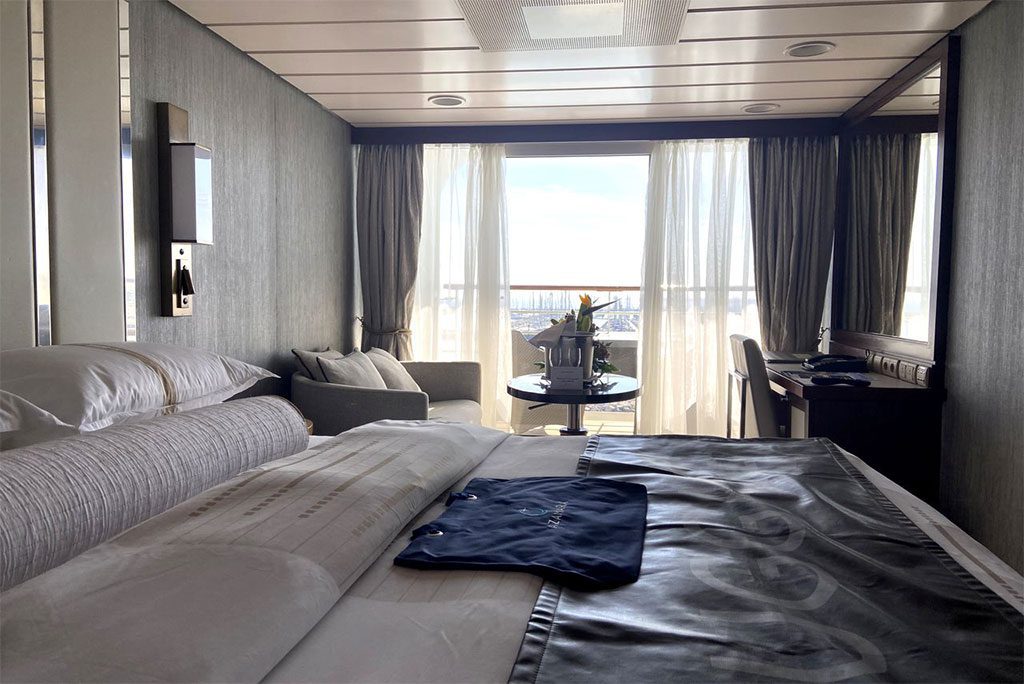Azamara’s “Country Intensive” cruises provide in-depth itineraries loaded with unforgettable experiences.
Azamara’s “Country-Intensive” cruises are becoming more popular, and they’re the ideal way to really see a particular country.
Many cruises aim to cover the most ground possible and visit the most countries imaginable, but this isn’t necessarily the best strategy. Azamara Cruises, an industry leader in premium vacations, makes use of the vast variety of fascinating ports that can be found in most countries.
Koper, the sole port on Slovenia’s 30-mile coastline, and Kotor, the old town of Montenegro nestled on a sunny fjord, bookended the Croatia Intensive cruise as two additional Adriatic treasures.
The Azamara Quest, which can carry 690 passengers, is a stylish ship in many ways, not the least of which is that it serves as a floating art gallery with majestic stairs lined with works of art by Andy Warhol, Roy Lichtenstein, Willem de Kooning, Robert Rauschenberg, and others.
The ship has gourmet dining, modern cabins, and an exciting pool. Here is how it went:
Day 1 – Ravenna
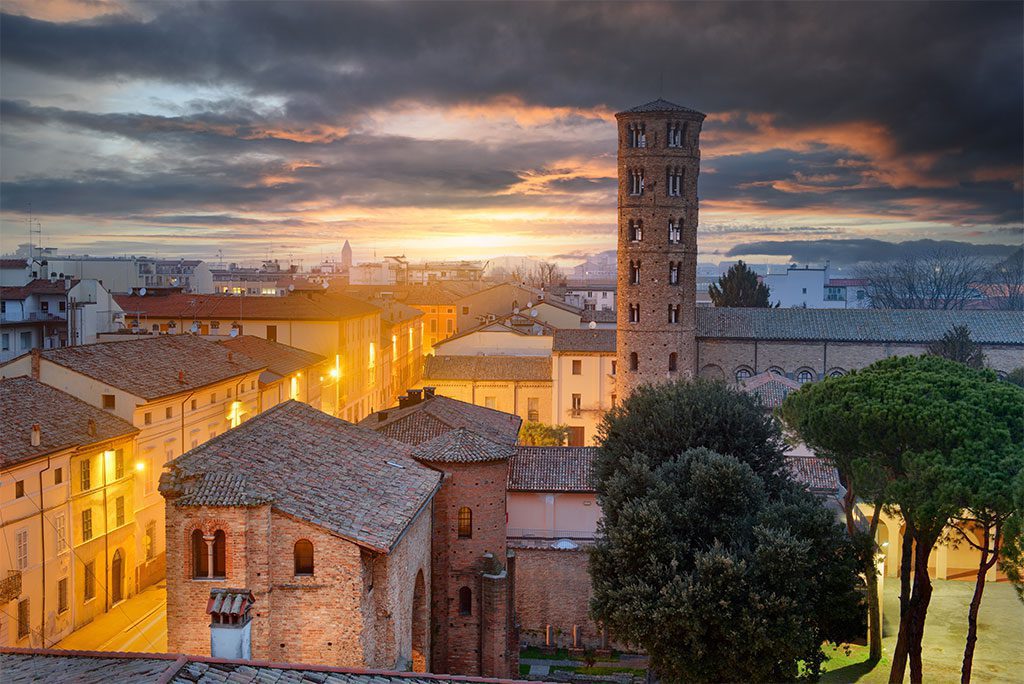
We’ll kick things off in Ravenna, an Italian city that’s on the rise as a cruise hub as nearby Venice seeks to stem the tide of tourists. We may relax and enjoy our time at our departure location until we have to leave at 6 o’clock in the evening.
Famous for its Byzantine mosaics, I marveled at the basilica of Sant’Apollinare Nuovo’s interior and the colorful dome of Sant’Vitale’s basilica before being taken aback by the little, open, free mausoleum holding the burial of poet Dante Alighieri, author of the 14th-century epic poem The Divine Comedy.
Shortly after setting sail, we were treated to the Aqualina restaurant’s Italian Chef’s Table, a seven-course delicacy paired with fine wines.
Day 2 – Koper

The first stop after a trip across the Adriatic is Koper. In Piran, a picturesque coastal town with bobbing boats, a nice square, and a salt store selling the local specialty, we had a tour through the cobblestone streets and popped along.
Then we go to the Slovenian hilltop village of Padna for a taste of the country as we listen to traditional music played by a lone musician and feast on olives, bread, pork, cheese, and local wine and hot grappa.
Enjoy open-air classics in Koper on board for an amazing evening. We are being treated to a meal of locally sourced lamb grilled over charcoal barbecues. To start, the house band’s trumpeter, Andrée Cordova, performs stunning solo Baroque works by Handel and Vivaldi. Then, guest artists David Righeschi (a young Pavarotti) and Maria Salvini (a glitzy diva) perform arias and aria medleys from the opera’s biggest successes.
Day 3 – Zadar
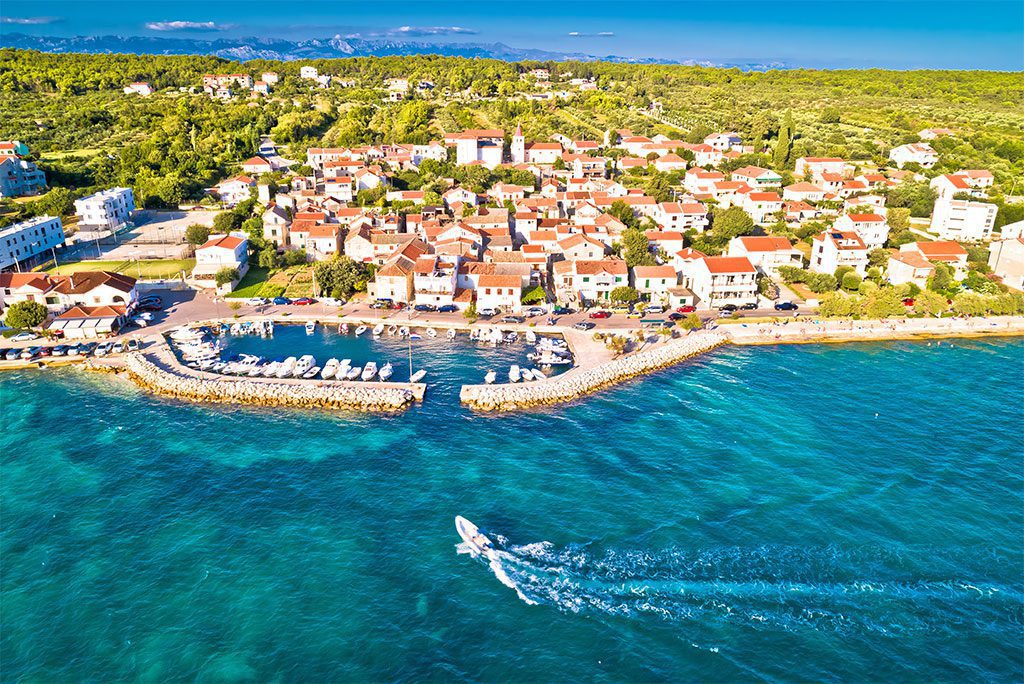
Zadar, the first stop in Croatia, is famous for its Roman and Venetian remains. It’s not like we’re walking on air. We’ll be visiting the little town of Nin and the nearby Solana Nin Salt Museum and Salt Pans, which are vast areas of low-water ponds where salt is being produced by hand in the same way it was during Roman times.
The Royal Vineyard, which was given to a convent by King Tomislav in 1066 so that his sister might use it to produce wine, is located on a hilltop overlooking the sea and several of Croatia’s 1,244 islands.
While the sun is setting, take a walk around Zadar’s Roman forum and join the throng gathered to listen to the haunting melody of the Sea Organ, a series of 70 pipes built into the waterfront that play when the waves blow air over them.
Day 4 – Split
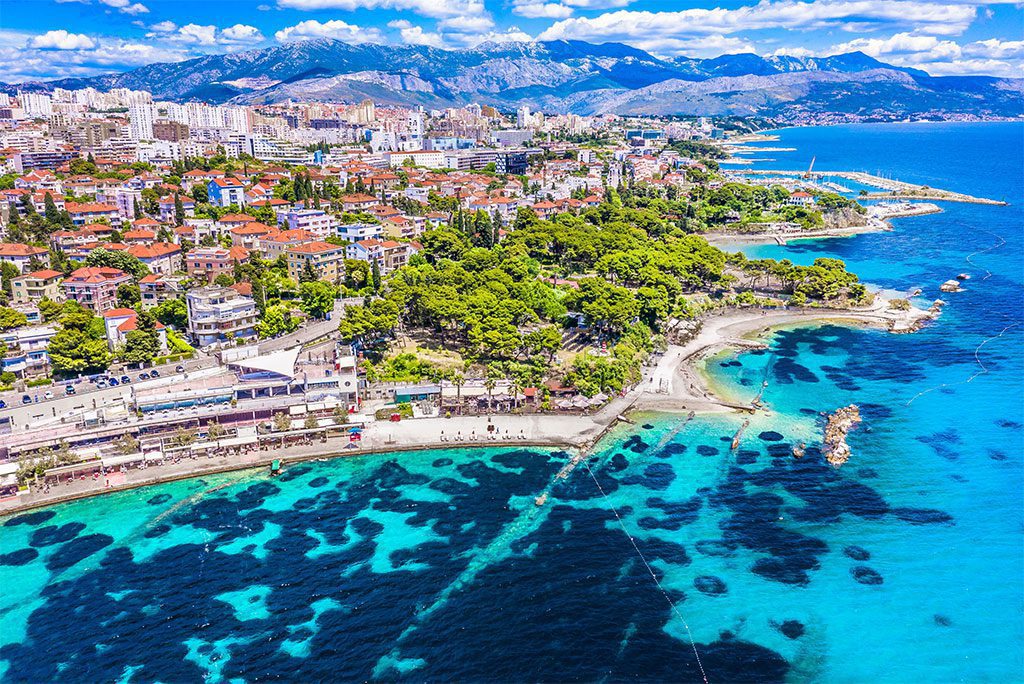
The palace that Diocletian, the last Roman emperor, retired to on the waterfront is at Split. This area, about the size of a small town, became the “old town” as a proliferation of medieval structures sprung up behind the towering walls throughout the years. After centuries of refuse and debris were removed, it was only recently revealed to the public, giving visitors a gritty, unfiltered glimpse of life in 300 A.D.
Ana Rucner, a Croatian cellist with the wild-eyed vigor of British violinist Nigel Kennedy, is on board. Wearing tight jeans and spangly high heels, she struts across the stage while playing traditional tunes and classical favorites to a rock-infused soundtrack and a synchronized film of her performing in national beauty spots.
Day 5 – Korcula
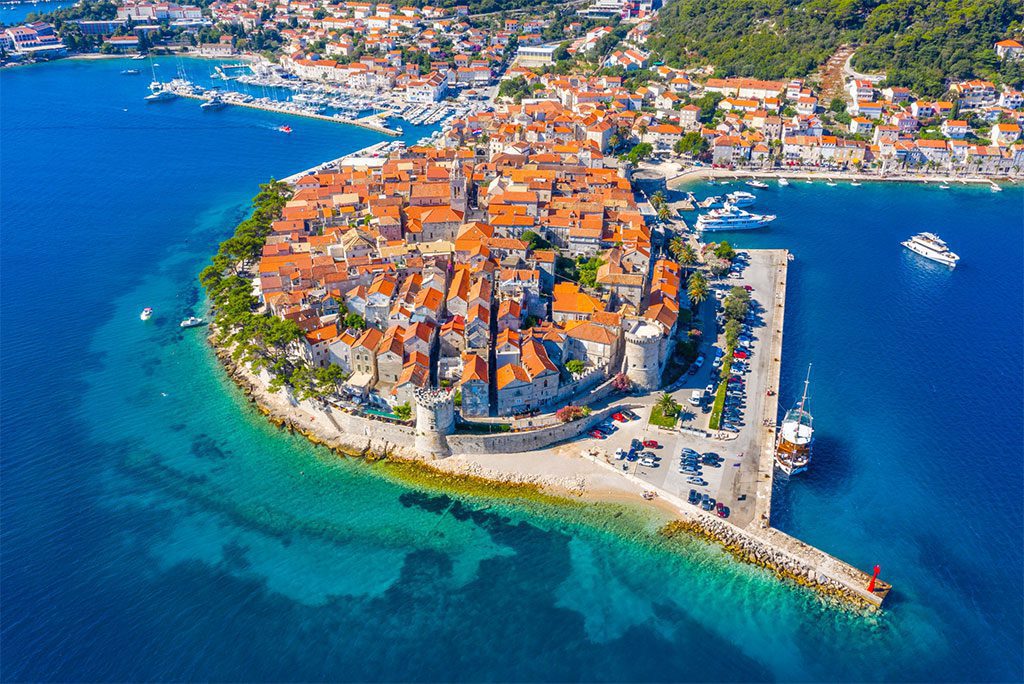
In front of what could have been Marco Polo’s birthplace on the island of Korcula, there is a monument and a souvenir store commemorating the explorer’s possible site of birth. Korcula, the town, is nevertheless a pleasant spot, with its stone streets and lack of vehicular traffic, as well as its 11th-century St. Mark’s cathedral.
We ride our bikes through the vineyards to the empty shores of Vela Prina, where the water is still comfortable for swimming. A peaceful day ends as we set sail into the setting light, and we arrive in time to see the Lucky Boyz, a buoyant Filipino band that plays exuberant renditions of early Beatles songs in addition to their normal dance fare.
Day 6 – Dubrovnik
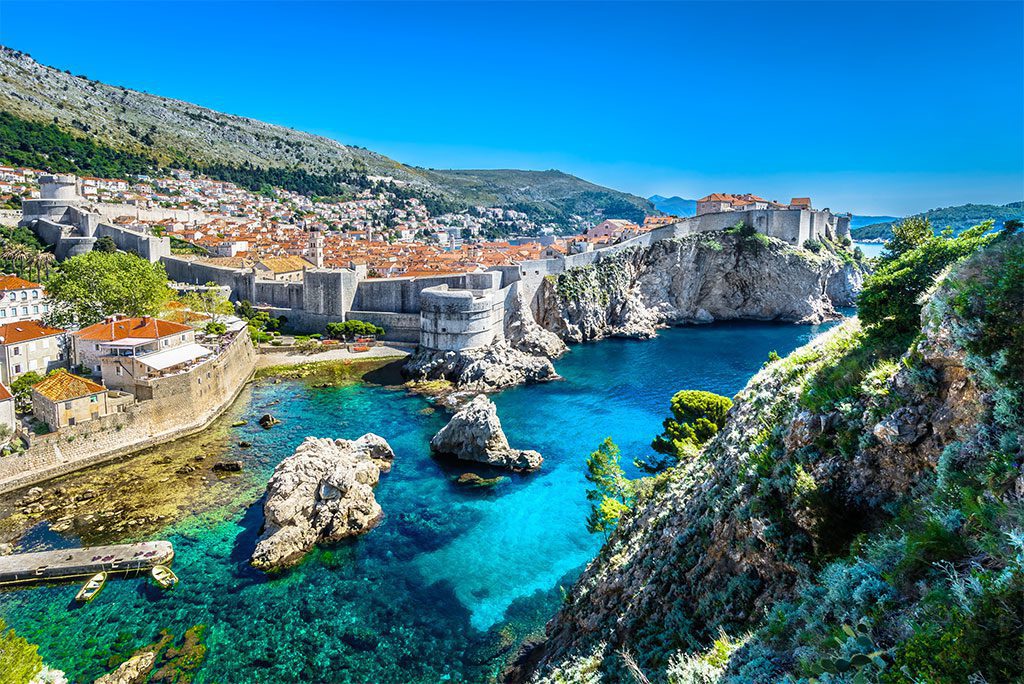
The city of Dubrovnik is renowned for its impressive fortifications and beautiful marble streets, both of which can be explored on foot (though tickets cost close to $30). While I do get some walking in, I spend most of the day on a very different tour. Ston, another salt-producing town, is an hour’s drive down the breathtaking coast road. Its walls, which stretch over five miles up and down the slope, are second in length only to China’s Great Wall. The repaired section from Ston to Mali Ston on the coast is now accessible, but after an arduous and time-consuming journey.
Our journey into the enormous oyster and mussel beds begins at Mali Ston, where we take a small boat and set sail. We tie up to a functioning oyster boat, where we are served shucked oysters and local wine (with a shot of firewater) before moving on to a meal of mussel stew.
Back on the ship, everyone dresses in white for Azamara’s major deck celebration, White Night, and feasts on BBQ, clams, fish, and more at white-clothed tables. As we set sail into the night, the band plays, a series of singers and dancers perform, and the audience dances.
Day 7 – Kotor, Montenegro
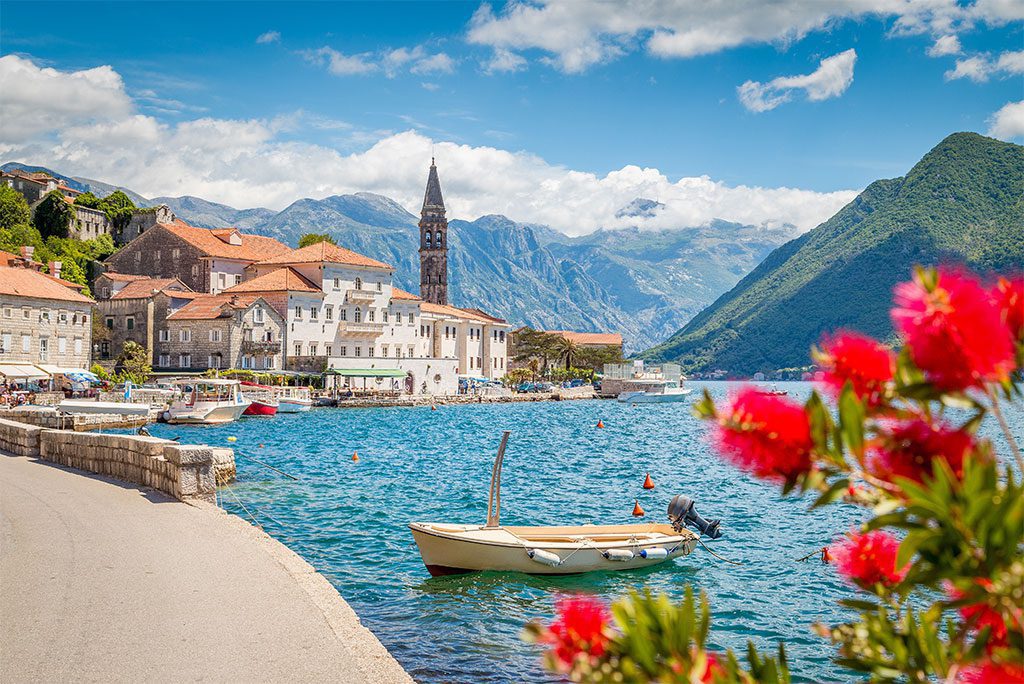
Leaving Croatia behind, we enjoy a morning sail into Kotor, Montenegro; a magical journey over a vast bay, via a tight canal, and into the fjord that seems more like a lake, surrounded by rugged peaks.
More fortifications, and after purchasing dried figs at a market stand, I enter the city gate and find myself in a medieval marvel of winding streets and flights of stone stairs. More walls, however, climb the mountain farther still, and they are neither as impressive nor as recently repaired as Ston’s. It takes me 35 minutes of intense gym work to ascend the 900 feet and 1,350 stairs to the summit, and the same amount of time to descend. Beautiful vistas of the surrounding landscape and the Azamara Journey are on display.
It’s a long drive to Athens, so we’ll be leaving in the middle of the day to give ourselves some time to relax before supper. Windows, a small restaurant with tastefully decorated tables on the back terrace as you walk into Albania, is serving an Indian buffet tonight.
Day 8 – At sea
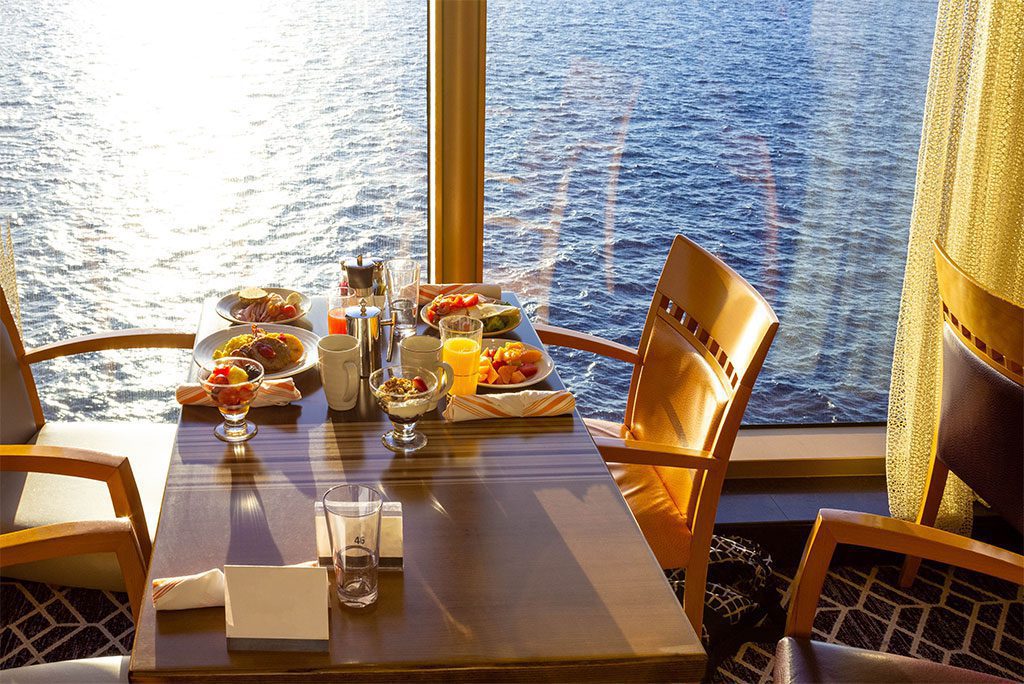
This was our only day at sea, and we were able to kick back and relax, knowing that we had reached the end of our journey. Officers often engage in conversation with visitors. The Polish hotel director, Ryszard Gusmann, seemed to be everywhere we went, from greeting guests as they arrived in port to preparing whole courses of food, from seabass appetizers to custard desserts, all by himself at the live cooking stations.
Azamara has a special brunch with omelettes, giant shrimp with fizz, and other foods.
We continue the festivities with lobster bisque and New York strip at Prime C, a steakhouse ($35 unless you’re a suite guest).
Day 9 – Piraeus
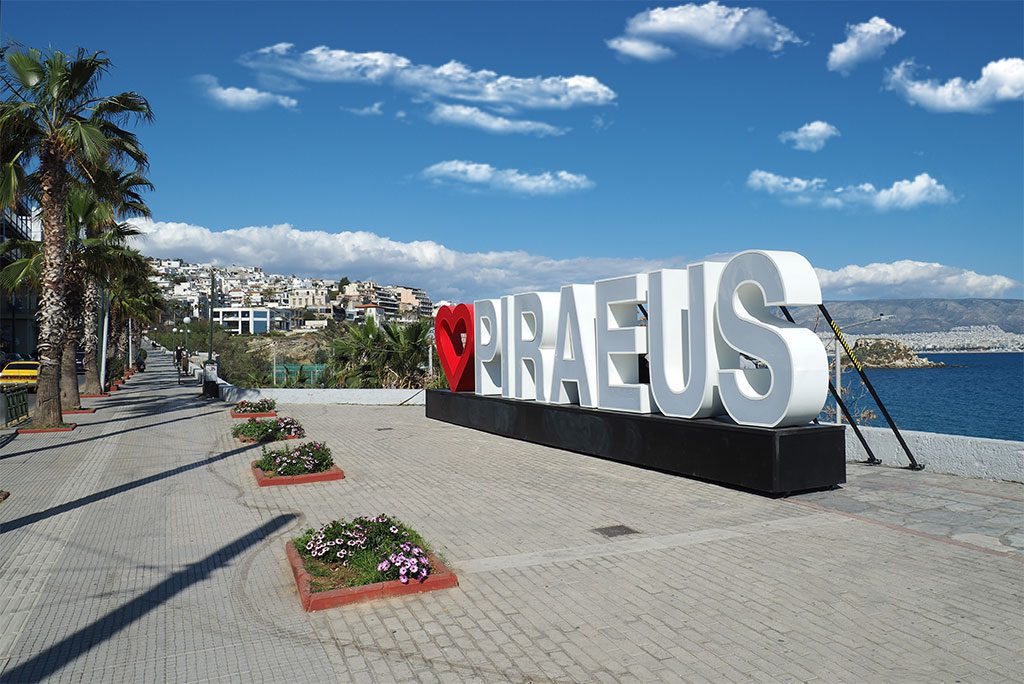
The trip from Piraeus harbor to Athens international airport includes passing the Olympiakos football stadium and taking in breathtaking vistas of the Aegean Sea.


